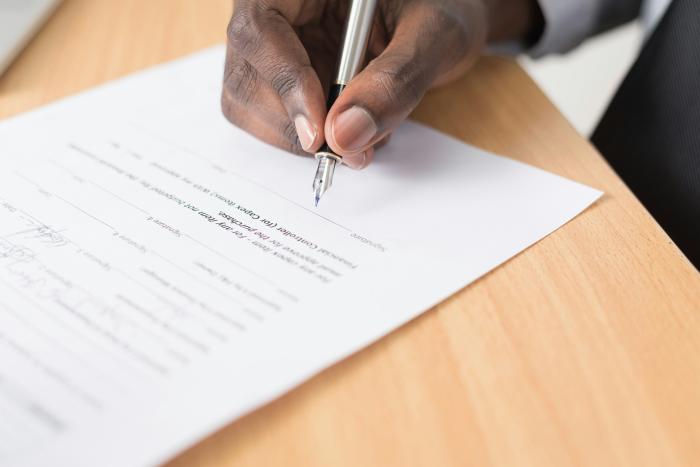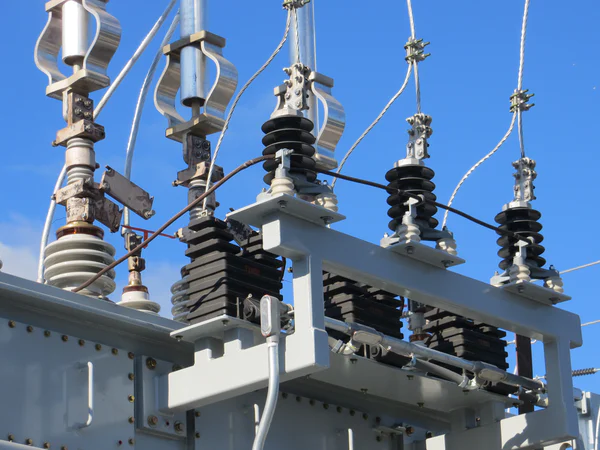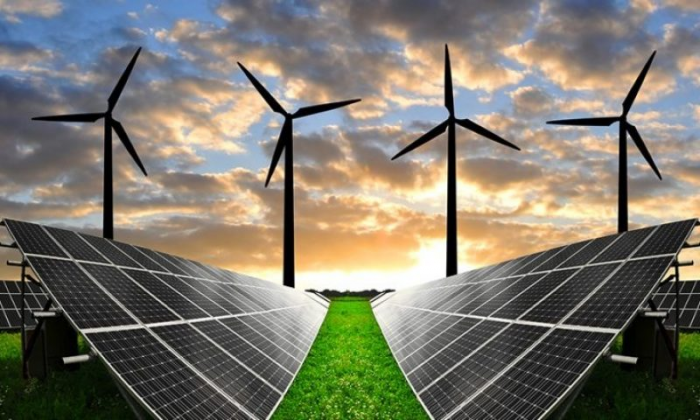Rights and obligations of customers and prosumers
The Irish Government National Climate Plan 2021-2030 states, “Ireland is committed to supporting customers’ participation in the energy system and enabling them to sell excess electricity they have produced back to the grid” https://www.gov.ie/pdf/?file=https://assets.gov.ie/94442/f3e50986-9fde-4d34-aa35-319af3bfac0c.pdf#page=null
The multi-year process through which the ESB Networks have been preparing for and enabling the Irish consumer’s transition to prosumer is detailed in the following document: https://www.esbnetworks.ie/docs/default-source/publications/microgeneration-framework-consultation-.pdf?sfvrsn=1a26bcb0_16
Rights and obligations of plant operators
Grid Code
This Grid Code is designed to cover all material technical aspects relating to the operation and use of the Transmission System, and (insofar as relevant to the operation and use of the Transmission System) all material technical aspects relating to the use of Plant and or Apparatus connected to the Transmission System or to the Distribution System.
The Grid Code | The Grid | EirGrid
Distribution Code
The Distribution Code has been prepared by ESB Networks Ltd. under the terms of the Act. This defines the technical aspects of the working relationship between DSO and all Users of the Distribution System, to ensure an efficient, coordinated and economical system for electricity distribution. It also enables ESB Networks Ltd. to comply with its obligations under its DSO Licence and the Grid Code.
Distribution code
Distribution Code Version 8
Conditions Governing Connection to the Distribution System at Medium Voltage
Connections at MV and 38kV
Embedded Generators at LV, MV and 38kV
This document is referenced in the Distribution Code and sets out requirements for Customer equipment at the interface between the Distribution System and the Customer’s installation. This document applies to demand installations connected to the Distribution System (users of category A, B1 and B2 in the Distribution Code). It applies to connections at MV and 38kV and Embedded Generators at LV, MV and 38kV.
Conditions Governing Connection to the Distribution System at Medium Voltage
Conditions Governing the Connection and Operation of Small Scale Generation (50 kW - 200 kW)
Connection of the two categories of synchronous and inverter-connected generation in the premises of demand customers with an installed generation capacity above the levels set out in ‘Conditions Governing the Connection and Operation of Mini-generation’ (DOC-030221-GAP), termed ‘Small Scale Generation (SSG)’.
Conditions Governing the Connection and Operation of Small Scale Generation (50 kW - 200 kW)
Conditions Governing the Connection and Operation of Mini-Generation
Connection of inverter-connected generation in the premises of LV-connected demand customers, with an installed generation capacity above the levels set out in Micro-Generation (DTIS-230206-BRL), and up to an installed capacity of 72 A single-phase (c. 17 kVA) or 72 A per phase three-phase (c. 50 kVA), termed ‘Mini-Generation’.
Conditions Governing the Connection and Operation of Mini-Generation
Conditions Governing the Connection and Operation of Micro-Generation
This document sets out the requirements for the installation of Micro-Generation installations in the premises of LV-connected demand customers. Micro-Generation, commonly referred to as ‘Micro-Generation (6/11 kVA) installations’ (
Conditions Governing the Connection and Operation of Micro-Generation
Governance Codes: https://esb.ie/who-we-are/corporate-governance/governance-codes-and-group-policies
Internal Controls: https://esb.ie/who-we-are/corporate-governance/esb-internal-controls
Task of the DSO/TSO
EirGrid (TSO): “EirGrid operates and develops Ireland’s electricity grid. This includes interconnecting to neighbouring grids and running the wholesale electricity market. We ensure that everyone has power when they need it, at the most economical price possible. The grid safely brings power from generators to the ESB network that supplies every home, farm, community and business in Ireland. It also brings power directly to large energy users.” https://www.eirgrid.ie/
ESB Networks (DSO): “As part of ESB Group, we are licensed to build, operate, maintain and develop the electricity network in the Republic of Ireland. Our countrywide staff of 3,000 people are proud to put every customer first, whatever the electricity supplier. We build and operate the medium and low voltage electricity infrastructure, including distribution stations, overhead lines, poles and underground cables. We are funded through 'use of system' charges billed to customers via Electricity Suppliers, controlled by the Commission for Regulation of Utilities.” https://www.esbnetworks.ie/who-we-are/about-esb-networks
Licence: https://www.esbnetworks.ie/docs/default-source/publications/distribution-system-operator-license-(dso)1bd777d2-28da-4e69-a1e6-91e76e417fb8.pdf?sfvrsn=2f426e55_12
Transmission System: “The nationwide electricity transmission system carries large volumes of electricity at high voltages (400kV, 220kV and 110kV (except in some parts of Dublin) from generation stations to bulk supply points near the main towns and cities. From these, it connects with the distribution system, as well as to transmission systems in Northern Ireland and Britain.” https://www.esbnetworks.ie/who-we-are/our-networks
Distribution System: “The distribution system delivers electricity from the transmission system to 2.3 million customers in Ireland, operating at 110kV in the Dublin area, and at 38kV, 20kV, 10kV and low voltage (LV) nationwide. In serving Ireland’s large rural population, the network length per capita is four times the European average, and overhead lines outnumber underground cables 6:1. https://www.esbnetworks.ie/who-we-are/our-networks
ESB Networks' Distribution Code: “We refer to the Distribution System as the electricity distribution network in the Republic of Ireland. The Distribution System Operator (DSO) is the designated authority responsible for the operation of our Distribution, and we were granted the Distribution System Operator Licence (PDF | 1MB) by the Commission for Regulation of Utilities Water and Energy - CRU Ireland. Distribution Code:” This Distribution Code Version 8.0 defines the technical aspects of the working relationships between the DSO and all other users of the Distribution System. It aims to ensure an efficient, coordinated and economical system for electricity distribution. The Distribution Code was first approved by the CER (now known as the Commission for Regulation of Utilities (CRU)) in March 2000. Any modifications or updates to this code must be approved by this Commission. More detail is available in the Distribution Code Constitution
https://www.esbnetworks.ie/who-we-are/distribution-code
Distribution Code Version 8
Role of the National Regulatory Agency (NRA)
The Commission for Regulation of Utilities [CRU] “The CRU was established in 1999 and operates within a policy and statutory framework set by Government and has responsibility for economic regulation and customer protection in the energy and water sectors and regulation of energy safety.” Responsibilities:
- Regulating energy and water for a changing climate
- Protecting energy and water customers
- Energy safety regulation
Strategic Plan 2022-2024: https://cruie-live-96ca64acab2247eca8a850a7e54b-5b34f62.divio-media.com/documents/CRU-Strategic-Plan-2022-2024-Final.pdf
Priority for RES
Renewable Energy Sources (RES) in the SEM have priority dispatch, which effectively means their output is maximised in dispatch.






